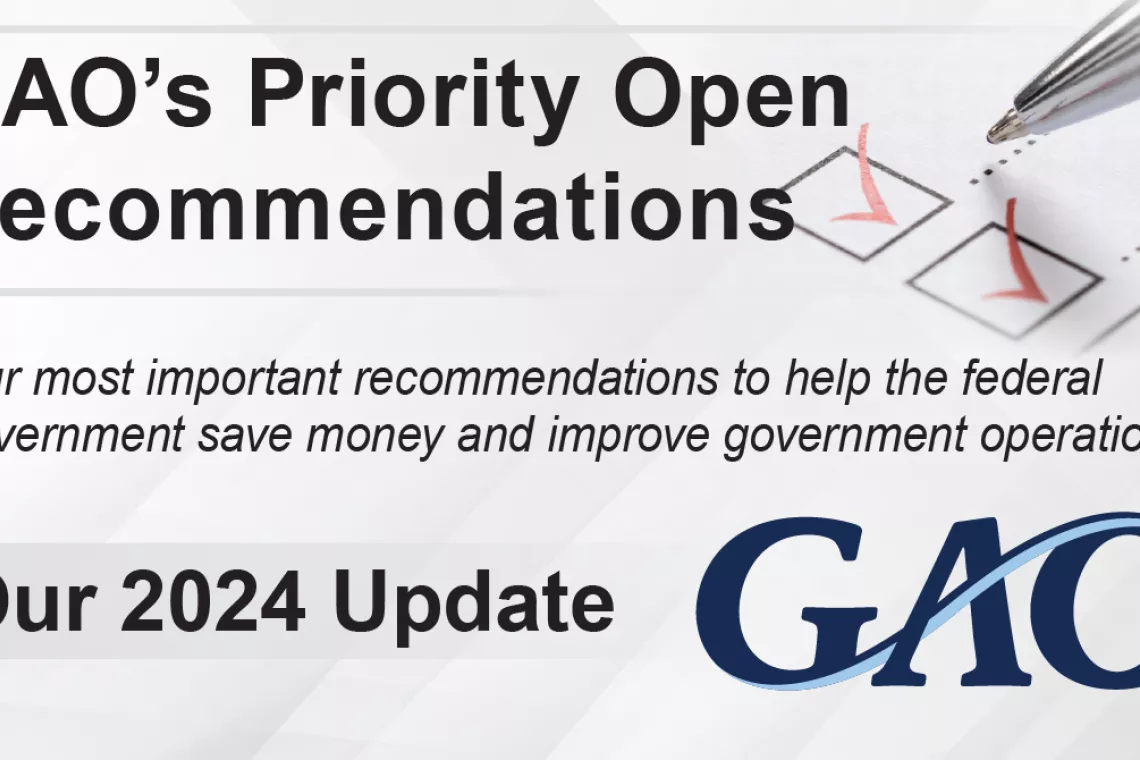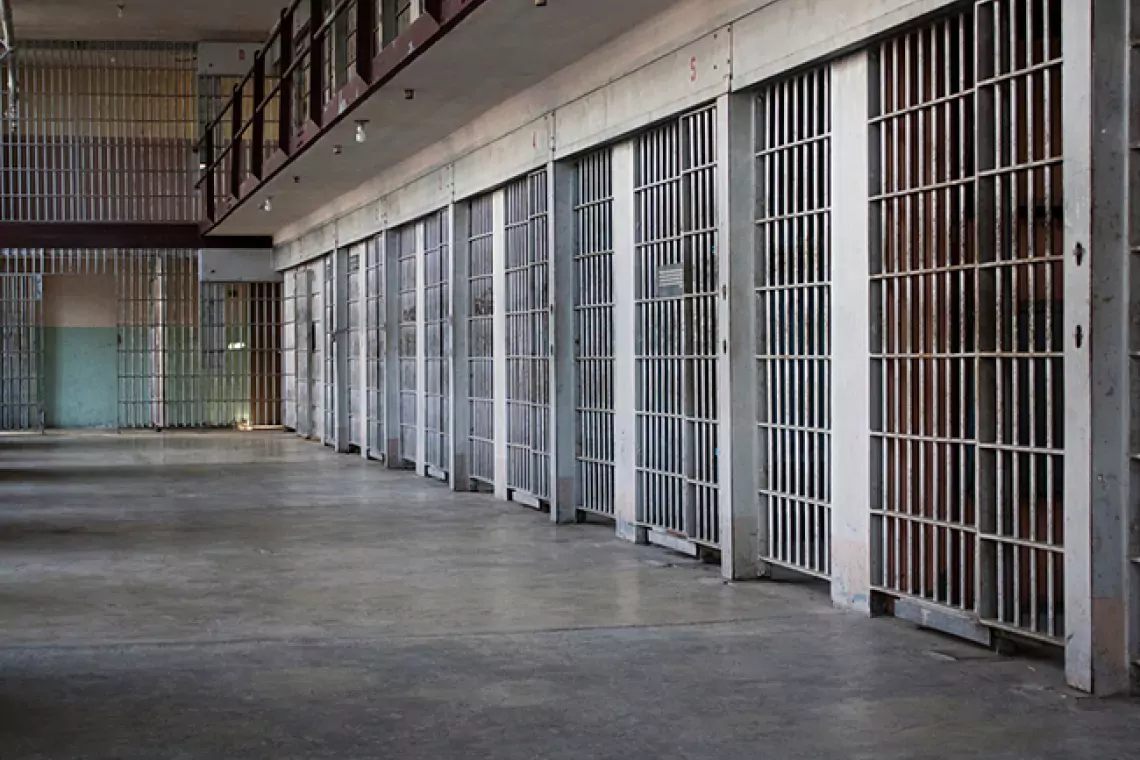Federal Prisons Haven’t Addressed Longstanding Concerns About Overuse of Solitary Confinement
In prisons, restrictive housing—including solitary confinement—is meant to temporarily separate those who engage in violent or disruptive behavior from the general population. While this is meant to be a safety measure, there are concerns that restrictive housing is being overused and used disproportionally for Black people.
As of October, about 12,000 people were placed in restrictive housing across all federal prisons. People placed in restrictive housing typically spend at least 22 hours a day in a locked cell. The Department of Justice and others have made dozens of recommendations on steps needed to reduce the overuse of this type of housing, but the Bureau of Prisons has not addressed many of them.
Today’s WatchBlog post looks at our new report about what the Bureau was previously told to do, why it hasn’t done it, and what more we think it needs to do now.
Examples of Two Bureau of Prisons Restrictive Housing Unit Types
Image

What was the Bureau of Prisons told to do?
Two studies made 87 total recommendations on ways to ensure restrictive housing was used correctly and not overused. One of these studies was commissioned at the Bureau of Prisons’ request, which it used to help respond to findings from a 2013 GAO report.
Some of these recommendations are nearly a decade old. For example, the 2014 study by an independent contractor found that while the Bureau was providing timely post-prison resources for people who had been in the general housing population, it wasn’t providing them for those who had been in restrictive housing. The study recommended that the Bureau provide these resources to everyone within 180 days of being released from prison.
Other recommendations are from a 2016 Department of Justice examination of restrictive housing, which had the overall goal of reducing its use. Among other things, the DOJ recommended that the Bureau take steps to ensure people with serious mental illness conditions were not put in restrictive housing.
Of the 87 total recommendations, a majority (54) still require action.
The Bureau of Prisons’ Implementation of Prior Restrictive Housing Reports’ Recommendations
Image

Our new report identifies new concerns
Our new report identified several other concerns. For example, the Bureau hasn’t evaluated why racial disparities exist in certain types of restrictive housing placements. We found that while Black people were less than half (38%) of the total federal prison population, they represented more than half (59%) of the population in one restrictive housing type.
We also found that the Bureau does not have an adequate oversight process to ensure that prisons correct identified problems, such as staff not following Bureau policies, in a timely manner.
Additionally, we found some missed opportunities. For example, the Bureau collects data on past restrictive housing placements and grievances from people in those units—such as complaints about living conditions or Bureau staff misconduct. But it hasn’t analyzed this information to identify trends or improve operations.
Why hasn’t the Bureau done more?
The Bureau of Prisons says it recognizes that restrictive housing is not an effective deterrent for bad behavior and can even increase future misconduct. However, it has made slow progress toward taking action on longstanding recommendations, partly because the Bureau hasn’t established roles or time frames for doing so.
We think it should do this. And in our new report we provided next steps to help the Bureau develop an approach to fully address concerns about overuse of restrictive housing and enhance its oversight. We also think that the Bureau should evaluate what is causing racial disparities in restrictive housing and enhance oversight of its use in Bureau-managed facilities.
The management of federal prisons, including the use of restrictive housing, requires immediate attention. This issue is so pressing that, in 2023, we added it to our High Risk List—in part because the Bureau needs to improve how it monitors and evaluates all of its programs. Addressing these issues will enhance the Bureau’s approach to improving and ultimately reducing its use of restrictive housing.
Learn more about the Bureau of Prisons’ use of restrictive housing by reading our new report.
- GAO’s fact-based, nonpartisan information helps Congress and federal agencies improve government. The WatchBlog lets us contextualize GAO’s work a little more for the public. Check out more of our posts at GAO.gov/blog.
GAO Contacts
Related Products

GAO's mission is to provide Congress with fact-based, nonpartisan information that can help improve federal government performance and ensure accountability for the benefit of the American people. GAO launched its WatchBlog in January, 2014, as part of its continuing effort to reach its audiences—Congress and the American people—where they are currently looking for information.
The blog format allows GAO to provide a little more context about its work than it can offer on its other social media platforms. Posts will tie GAO work to current events and the news; show how GAO’s work is affecting agencies or legislation; highlight reports, testimonies, and issue areas where GAO does work; and provide information about GAO itself, among other things.
Please send any feedback on GAO's WatchBlog to blog@gao.gov.




